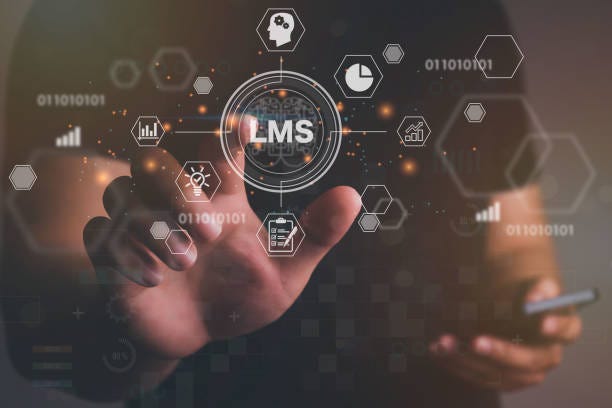Key Features of School Library Management Software that you need to know
In today’s digital era, libraries are embracing technology to enhance their operations and meet the evolving needs of students and educators. Library management systems (LMS) have emerged as essential tools for educational institutions, bridging the information gap and streamlining library functions. Whether a stand-alone system or part of a larger School ERP, the right LMS can significantly impact operational efficiency and user experience.

Key Features of an Efficient Library Management System
1.Acquisition Management Module
To keep library resources up-to-date, the acquisition management module automates the entire acquisition cycle. From resource selection to payment processing and invoice management, this module simplifies the procurement process. Pre-order bibliographic searches help eliminate duplication, and records of new acquisitions are efficiently maintained.
2. Catalog Management Module
Central to any LMS, the catalog management module organizes library resources using metadata. By cataloging books, articles, documents, audio recordings, and digital information, users can easily locate and access knowledge resources based on title, subject, author, or publication date.
3. User Management Module
Creating a detailed user database is vital for tracking library usage and personalizing services. A multi-user environment ensures smooth access for multiple users without compromising system performance.
4. Circulation Management Module
Using barcodes, smart cards, or RFID technology, the circulation management module tracks the movement of books and verifies inventory. It simplifies book issuance, return, and renewal processes, streamlining library operations.
5. Online Public Access Catalog (OPAC)
Especially relevant in the context of remote learning, the OPAC system enables students to access library resources from any location. An online catalog allows users to search for books, e-resources, and journals and even provides direct electronic access to available resources.
6. Fee Management Module
This module facilitates seamless fee tracking and management, calculating fines for late returns, lost, or damaged books. By automating fine notifications and restricting access until fines are cleared, this feature ensures fair and efficient fee handling.
Selecting the Right Library Management System
Choosing the right LMS for your educational institution requires careful consideration of several factors:
1.Total Cost of Ownership: Assess the initial costs, including installation, training, data conversion, and maintenance fees, as well as cloud subscription charges.
2. Multi-Location Support: Ensure the system can handle multiple campuses as separate entities, allowing cross-site searches when needed.
3. User-Friendly Interface: The LMS should be intuitive and easy to navigate for both students and non-library personnel.
4. Vendor Support: Verify the vendor’s responsiveness and competence in providing technical support. Request references from existing users to gauge their satisfaction.
5. Trial Version or Demo: Opt for systems that offer fully functional trial versions or live demonstrations to evaluate the product’s suitability.
6. Training Options: Evaluate the training options provided by the vendor, including participant capacity, time required, and associated costs.
7. Customization and Flexibility: Choose an LMS that allows customization of reports, templates, and catalog formats, enabling a tailored user experience.
8. Integration Capabilities: Ensure the system supports expansion and integration with other services through open APIs.
Conclusion
In conclusion, library management systems are indispensable tools for educational institutions seeking to optimize their library operations and enhance user experiences. By automating key processes, such as acquisition, cataloging, circulation, and fee management, LMS saves time and improves efficiency.
Selecting the right LMS is a crucial decision that impacts the overall library experience for students and educators. Assessing features, cost, and flexibility will help educational institutions make an informed choice and adapt to the changing demands of the digital era.
Incorporating a robust library management system into an educational institution’s infrastructure is a significant step toward embracing technology and improving information access, ultimately fostering a culture of knowledge and continuous learning within the institution.
Comments
Post a Comment